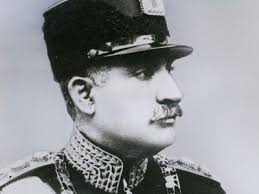The Ben Franklin Bridge, connecting Philadelphia and Camden
For my 67th birthday, I rode 67 km in four separate rides, mostly on hills across half of Pennsylvania. On May 1, I drove to Philadelphia, stopping about halfway on the 80-mile drive, at the intersection of Pa. Routes 23 and 10. Just south of that crossroad is a 2.5-km hill I really like. Usually when I travel to Philadelphia I am on a train, but since I was driving I could stop, and ride up and down this hill.
After that ride, I drove to center city Philadelphia, parked on the Delaware Water Front and rode for a few hours. I rode back on forth across the Ben Franklin Bridge, then across the city to West River Drive. This four-lane road is closed to traffic on weekends from March to October, but now it is closed to cars all the time. I rode with walkers, runners and other riders with a lot of space to stay far apart. I went all the way to City Line Avenue before turning around and taking a different way back to the Delaware River, and riding the Ben Franklin Bridge again.
On the way home I pulled off the Turnpike at Morgantown to ride the Rt. 10 hill again--faster up and down than the morning.
Today, May 2, I drove to a small town near Gettysburg to visit my son at a job site where he is working. He is part of a crew that is hanging overhead doors on a loading dock. They were just finishing hanging 60 doors this week.
Then I drove to Fort Loudon and rode up and down Tuscarora Summit. I rode the five-mile climb faster than I have since before knee replacement in March of last year.
What better way to celebrate my 67th birthday than riding 67 kilometers and climbing 1200 meters?






